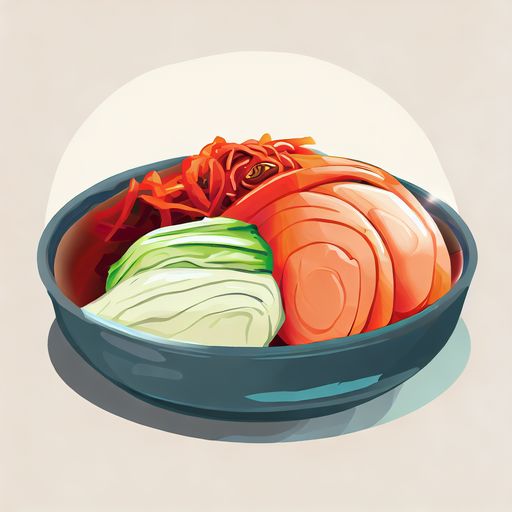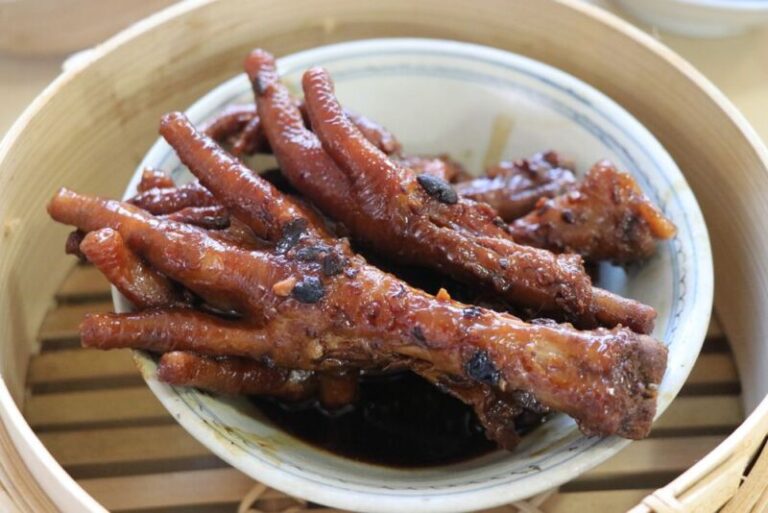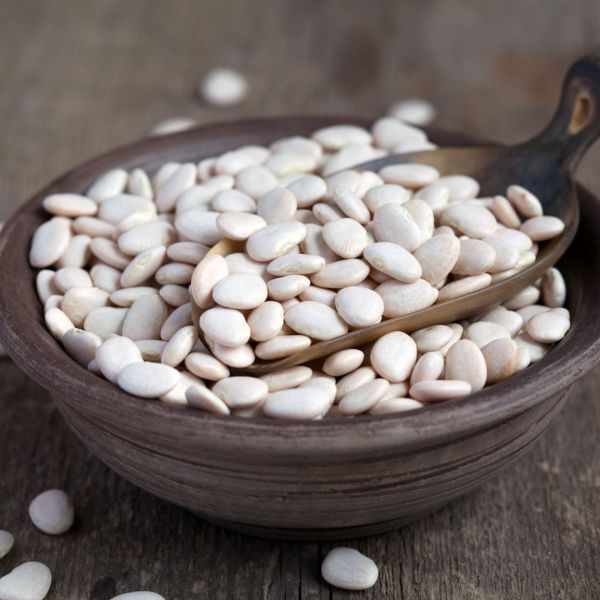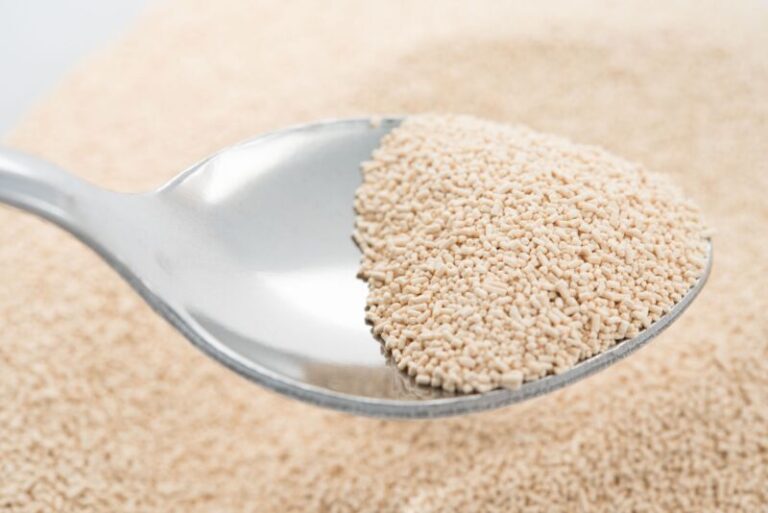Can You Use Any Cabbage For Kimchi?
Kimchi is a beloved Korean dish of fermented vegetables that is both healthy and delicious. The most common and traditional form of kimchi is made with Napa cabbage, known as baechu kimchi. However, Napa cabbage can be difficult to find, leading home cooks to wonder – can you use any type of cabbage for kimchi?
The answer is yes! While Napa cabbage makes the most authentic kimchi, other types of cabbage can be used as well. Kimchi is incredibly versatile, and can be made with all different kinds of vegetables beyond just cabbage. With some adjustments to the recipe, you can create tasty homemade kimchi with ingredients you likely already have on hand.
The Importance of Napa Cabbage for Baechu Kimchi
Baechu kimchi specifically refers to the traditional kimchi made with Napa cabbage. Napa cabbage originated from Beijing, China and is a cruciferous vegetable with an oblong shaped head and wide, crisp leaves. It has become synonymous with kimchi due to some key properties:
- The leaves of Napa cabbage contain the ideal ratio of sugars and fiber for lactic acid fermentation. This allows the cabbage to ferment properly into tangy, probiotic-rich kimchi.
- Napa cabbage’s texture softens during fermentation while still retaining some crunch. This gives baechu kimchi the perfect balance of tender yet crisp.
- Napa cabbage has a mild, slightly grassy flavor that balances well with the spices in kimchi.
The traditional baechu kimchi recipe utilizes Napa cabbage along with other ingredients like salt, garlic, ginger, chili flakes, fish sauce, scallions, and brine. It goes through a multi-step process of salting, rinsing, and fermenting the cabbage to draw out moisture and kickstart lactic acid production.
Alternative Cabbages for Delicious Kimchi

While Napa cabbage may be the gold standard, it’s certainly not the only vegetable that can be used to make tasty kimchi. Part of kimchi’s appeal is its versatility, as almost any crunchy, firm produce can be used as the main ingredient or part of the supporting cast.
Some great alternatives to Napa cabbage include:
Green Cabbage Kimchi (Yangbaechu Kimchi)
The most direct substitution for Napa cabbage is regular green cabbage. Green cabbage is easier to find and less expensive than Napa cabbage in many grocery stores.
However, there are some small adjustments needed in the kimchi-making process:
- The salting stage is shorter – Green cabbage needs only 1-2 hours of salting compared to 1-2 days for Napa cabbage. It contains less sugar and more moisture, so a shorter salt brine time prevents over-softening.
- The flavor is more pronounced – Green cabbage has a more assertive cabbage flavor than the delicate Napa variety. Adjust other seasonings like garlic, ginger, and chili flakes to balance.
Once salted and rinsed, green cabbage can be used interchangeably with Napa cabbage in kimchi recipes. The result is yangbaechu kimchi, or green cabbage kimchi.
Other Cabbage Varieties
Beyond green cabbage, other types of cabbage can also substitute for Napa cabbage:
- Savoy cabbage has thin, ruffled leaves and a flavor profile similar to green cabbage. Use savoy cabbage in kimchi recipes in the same way as green cabbage.
- Red cabbage brings a vivid fuchsia-purple hue to kimchi and contains beneficial antioxidants. Use about half the amount of red cabbage mixed with green cabbage to maintain the texture.
Leafy Greens for Kimchi
Leafy greens like Swiss chard and bok choy also make tasty substitutes for Napa cabbage in kimchi recipes. Chop the greens to the size of cabbage pieces. Their tender leaves ferment quickly, so monitor the kimchi closely for your desired texture.
Radishes in Kimchi
Spicy, crunchy daikon radishes can replace some or all of the cabbage content in kimchi. cubed radish kimchi, called kkakdugi, is a common kimchi variety. Use radishes on their own or mixed with cabbage.
Experimenting with Other Vegetables
Beyond just swapping different cabbage varieties, kimchi is open to improvisation with all kinds of vegetables. Some options include:
- Radishes – Daikon, mooli, watermelon radish
- Root vegetables – Carrot, beetroot, turnip
- Squash – Zucchini, pumpkin, butternut squash
- Fruit – Asian pear, green apple, pineapple
- Herbs – Cilantro, basil, mint
- Shoots – Bamboo shoots, fiddlehead ferns
The key is to use firm, crunchy vegetables that will hold up well to salting and fermentation. Proper kimchi technique of salting, rinsing, and fermenting can transform these veggies into delicious flavor bombs.
Get creative and make the most of your garden bounty or what you find on sale at the farmers market. Kimchi is meant to be versatile and adaptable!
Recommended Kimchi Recipes

Ready to get started making some kimchi with what you have on hand? Try out these tasty recipes:
Traditional Baechu Kimchi
This is the classic kimchi made with Napa cabbage. Follow the steps carefully for proper fermentation.
Ingredients:
- 1 head Napa cabbage
- 1/4 cup sea salt
- 6 cloves garlic, minced
- 1 Tbsp grated ginger
- 2 Tbsp gochugaru (Korean chili flakes)
- 2 Tbsp fish sauce
- 1 bunch scallions, chopped
- 4 cups brine
Easy Yangbaechu Kimchi
Swap in green cabbage for an easy weeknight version.
Ingredients:
- 1 small green cabbage
- 1 Tbsp sea salt
- 3 cloves garlic, minced
- 1 tsp grated ginger
- 1 Tbsp gochugaru
- 1 Tbsp rice syrup
- 2 scallions, chopped
Kkakdugi (Cubed Radish Kimchi)
For a radish lover’s kimchi, skip the cabbage completely!
Ingredients:
- 1 lb Korean radish, peeled and cubed
- 1 Tbsp sea salt
- 3 cloves garlic, minced
- 1 tsp grated ginger
- 1 Tbsp gochugaru
- 1 tsp fish sauce
- 1 carrot, julienned
Green Onion Kimchi (Pa Kimchi)
Quick and easy, perfect for using up leftover scallion bottoms.
Ingredients:
- 1 bunch scallions, chopped
- 1 tsp sea salt
- 2 cloves garlic, minced
- 1 tsp fish sauce
- 1/2 tsp gochugaru
Oi Sobagi (Cucumber Kimchi)
Cooling cucumbers offset the spice in this light kimchi.
Ingredients:
- 2 cucumbers, sliced
- 1 tsp sea salt
- 2 cloves garlic, minced
- 1 scallion, chopped
- 1 Tbsp gochugaru
- 1 Tbsp rice syrup
- 1 Tbsp fish sauce
The procedures are all quite similar – salt the main vegetable, rinse, mix with aromatics, then pack into a jar to ferment and build flavors. Adjust salt amounts based on the main ingredient. Use these recipes as a starting point and tweak ingredients to customize your own signature kimchi!
Enjoying Kimchi
Once your kimchi has finished fermenting after 3-10 days, the fun has just begun! Here are some ways to eat and cook with your homemade kimchi:
- Serve it as a side dish for any meal. The spicy tang complements everything from rice to eggs.
- Mix it into fried rice, noodles, grain bowls, frittatas, dumplings, stews, and more.
- Top it on burgers, sandwiches, and tacos for flavorful crunch.
- Pair it with steak, pork, fish, and tofu. It cuts through rich and fatty flavors.
- Toss it into soups and braises towards the end for heat and acidity.
- Combine it with mayo or Greek yogurt for a quick dip or dressing.
- Use it as a crunchy topping on pizza and flatbreads.
Kimchi’s unique flavor and versatility elevates everything it touches! Once you get started making your own, you’ll find endless ways to use it.
Proper Storage for Kimchi
To keep your homemade kimchi tasting fresh for as long as possible, proper storage is key. Here are some tips:
- Always use clean hands, containers, utensils, etc when handling kimchi to prevent contamination.
- During the initial fermentation, keep kimchi at cool room temperature out of direct sunlight. Monitor it daily.
- Once it reaches your desired tartness after 3-10 days, move the kimchi to the refrigerator.
- Make sure all cabbage pieces are fully submerged in brine to prevent oxidation. Weigh down with plates if needed.
- Keep kimchi refrigerated for up to 6 months, regularly skimming any mold off the surface brine.
- If kimchi becomes excessively soft, develops off smells or colors, or grows furry mold below the brine line, it has spoiled and should be discarded.
With proper sanitation and storage methods, homemade kimchi can retain quality for many months. Pay close attention during fermentation and refrigeration to maximize its longevity.
Conclusion
While Napa cabbage makes the most authentic tasting kimchi, a wide variety of other cabbages, leafy greens, radishes, and vegetables can be used to make delicious kimchi. The fermentation process transforms the main ingredient, so feel free to substitute based on preference and availability.
However, kimchi is not a set-it-and-forget-it kind of food. You still need to practice proper sanitation and actively tend to it during fermentation. Refrigerate fully submerged kimchi after the ideal tanginess develops, and remain vigilant about signs of spoilage. With some adjustments, creativity, and care, you can use all different types of cabbage and vegetables to make your own signature kimchi.
What kinds of ingredients will you try in your next batch of homemade kimchi? Let us know in the comments below!






